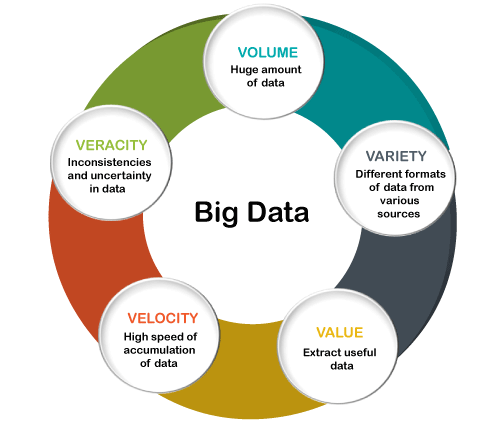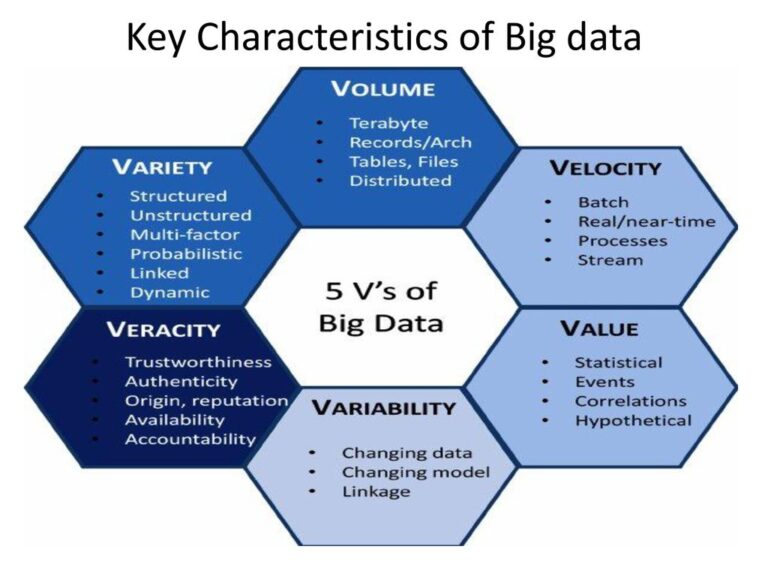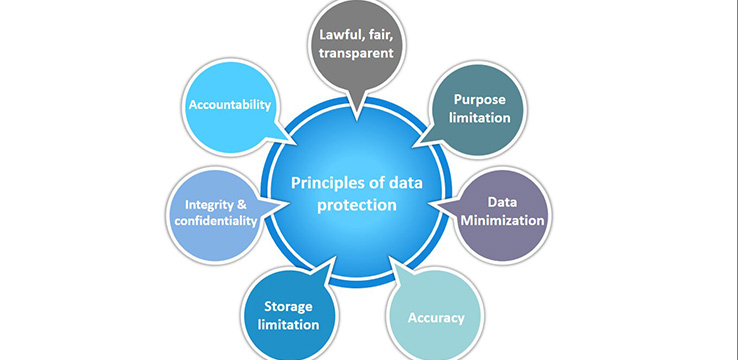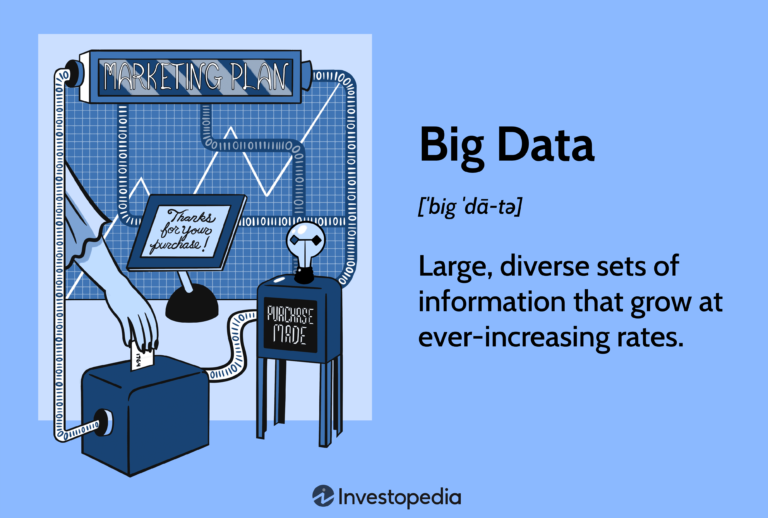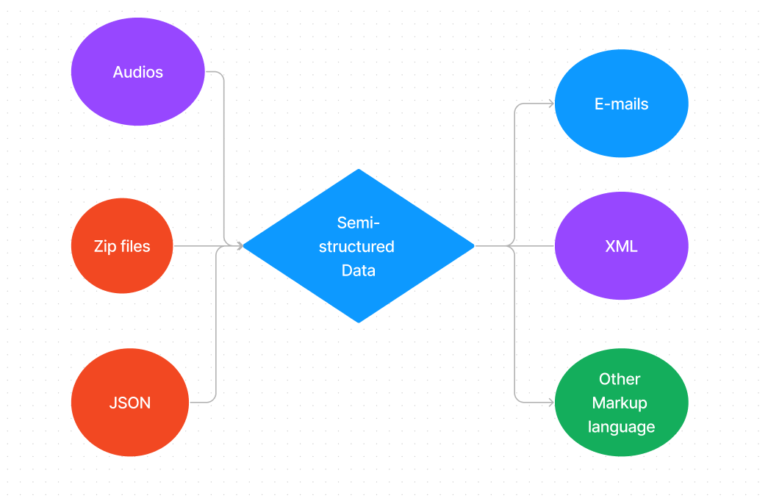What Are The 5 Characteristics Of Big Data?
Big Data has become an integral part of many businesses in the modern age. Big Data is defined as data sets that are too large or complex to be processed using traditional data management tools. It is characterized by its vast size, high volume, variety of sources, and velocity of analysis. The five characteristics of Big Data are Volume, Variety, Velocity, Veracity, and Value.
Volume refers to the size of the data. It is usually measured in terabytes or petabytes which are much larger than traditional data sets. Variety refers to the types of data that are included in the data set. This could include structured data such as databases and unstructured data such as emails, webpages, and social media posts.
Velocity refers to the speed at which data is processed. Big Data is usually processed in real-time so that businesses can make quick decisions. Veracity refers to the accuracy and completeness of the data. Finally, Value refers to the value that can be derived from the data. By understanding the characteristics of Big Data, businesses can gain insights into their operations and make better decisions.
Definition of Big Data
Big Data is a term used to describe the collection, storage, and analysis of extremely large datasets. It usually refers to datasets that are too large and complex for traditional data processing applications. Big Data is used to unlock new insights and business opportunities by uncovering patterns, trends, and correlations that are otherwise hidden in the data. It is often used to identify customer preferences, optimize marketing campaigns, improve customer service, and develop new products. Big Data can also be used to detect fraud and improve the efficiency of operations.
The volume of Big Data
Big Data is a term used to describe the massive volume of structured and unstructured data that is generated every day. It is used to gain valuable insights from large datasets and can be used to help businesses make decisions, optimize processes, and understand customer behavior. By taking advantage of Big Data, businesses can gain a competitive advantage and gain access to new markets. Big Data can be used to track customer behavior, create customer profiles, identify trends, and optimize marketing campaigns. It can also be used to gather customer feedback, improve customer service, and identify potential opportunities. Big Data is transforming how businesses operate, and its potential is just beginning to be explored.
Variety of Big Data
Big Data is a term used to describe the vast amounts of data that organizations now have access to. Big Data is becoming increasingly important in all industries and is being used to improve operational efficiency, identify new opportunities, and gain competitive advantage. Big Data can come in many forms, from structured databases to unstructured text files, and from images to audio and video. Organizations must be able to identify, collect, store, and analyze these different types of data in order to make use of the information contained within them. By doing so, they can gain valuable insights and make better decisions. Big Data can also be used to improve customer service, optimize processes, and enable predictive analytics. By leveraging the power of Big Data, organizations can gain the competitive edge they need to stay ahead in their respective industries.
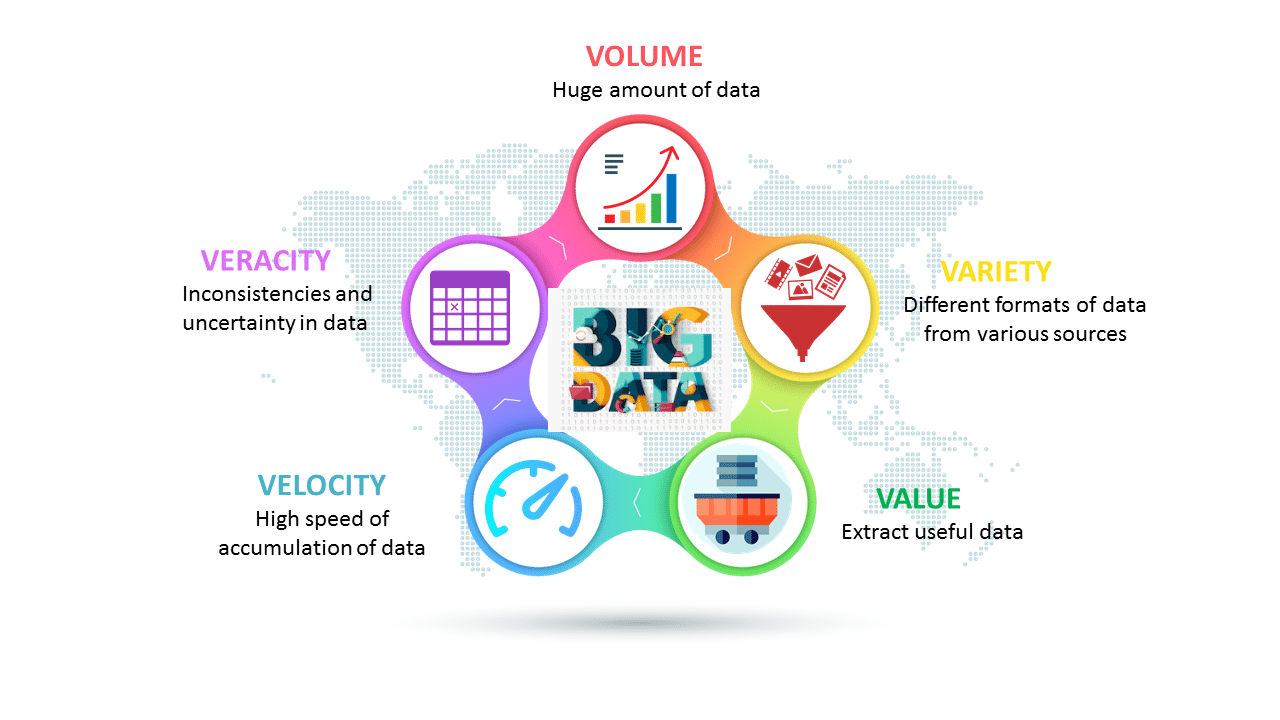
Velocity of Big Data
Big Data is a term used to describe the process of collecting, managing, and analyzing extremely large datasets. By leveraging powerful computing technologies, organizations are able to gather and store data on an unprecedented scale. This data can then be analyzed to uncover previously unknown insights and patterns and provide actionable intelligence. Through the Velocity of Big Data, organizations gain the ability to quickly identify and respond to changes in their business environment. This helps them stay ahead of the competition, gain a competitive edge, and drive greater efficiency. Ultimately, the Velocity of Big Data is about gaining a deeper understanding of the customer journey, uncovering business opportunities, and making data-driven decisions.
The veracity of Big Data
Big Data is the term used to refer to the massive volumes of data that are being created and collected on a daily basis. This data is being used to make decisions that affect the everyday lives of people all over the world. While Big Data has the potential to revolutionize decision-making, it also presents a unique challenge – how to ensure that the data is accurate and reliable. The veracity of Big Data refers to the accuracy and trustworthiness of the data being used. It is important to ensure that the data is valid and up-to-date in order to make informed decisions. To ensure the veracity of Big Data, organizations must employ robust data verification and validation processes and technologies that are designed to evaluate the accuracy of the data. Doing so will ensure that the data being used is accurate, trustworthy, and reliable.
Value of Big Data
Big Data has become an invaluable asset for businesses and organizations. By taking advantage of the proliferation of data, organizations can gain valuable insights into customer behavior, marketing trends, and competitive trends. Big Data allows companies to identify and act on patterns and correlations in data that would otherwise be undetectable. With the right tools and processes, businesses can use Big Data to make more informed decisions and increase their competitive advantage. Big Data enables companies to improve their services, optimize their operations, and develop new products. It can also be used to understand customer needs and preferences, enabling businesses to better meet their customers’ needs. Big Data helps organizations improve customer experience, build loyalty, and boost sales. In short, Big Data is a powerful tool that can help businesses make better decisions and maximize their profits.
FAQs About the What Are The 5 Characteristics Of Big Data?
Q1. What are the five main characteristics of Big Data?
A1. The five main characteristics of Big Data are Volume, Variety, Velocity, Veracity, and Variability.
Q2. How can Big Data be used?
A2. Big Data can be used for predictive analytics, customer segmentation, marketing personalization, fraud detection, operational optimization, and much more.
Q3. What type of technology is used to capture Big Data?
A3. Big Data is collected using various technologies such as Hadoop, Spark, NoSQL databases, streaming analytics, and machine learning.
Conclusion
In conclusion, Big Data is characterized by its immense volume, velocity, variety, veracity, and value. It is a large and complex dataset that requires advanced analytics and technology to effectively process and analyze. It is a powerful tool for businesses, governments, and organizations around the world, as it provides a vast amount of data-driven insights and enables more efficient decision-making. Big Data has the potential to revolutionize many industries and create opportunities for new products, services, and business models.
